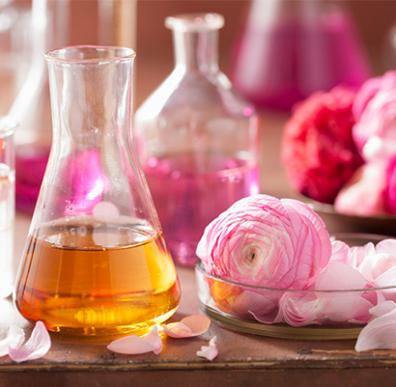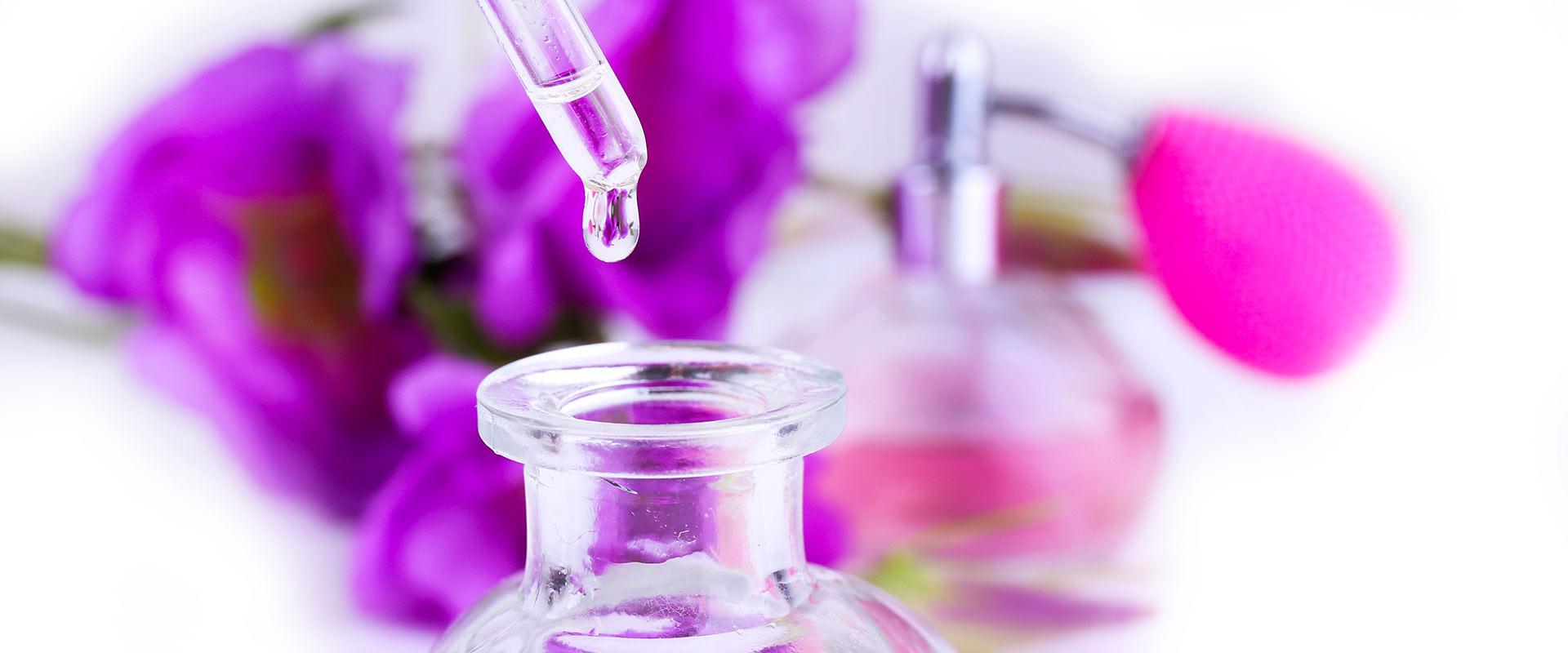What are fragrances?
Fragrances are olfactory compositions that require a perfumer's unique expertise. They are mixtures of several dozen ingredients of synthetic or natural origin. They are unique and are not protected by intellectual property rights such as patents. To protect their know-how, perfumers do not reveal their secrets or their recipes. In response to growing demand from our consumers, NGOs and distributors, we have drawn up a transparency policy in partnership with perfumers, to provide clear, accessible information about the composition of our fragrances.
In cosmetic products, the presence of a fragrance is indicated in the list of ingredients under the name “PARFUM/FRAGRANCE”. On product packaging, only regulated allergens contained in the fragrance are listed in the list of ingredients, to inform consumers that may be at risk. Allergens in perfumery are synthetic or natural substances, found in particular in certain essential oils.
Where do they come from?

There are 2 types of ingredients used in the composition of fragrances:
- Obtained by synthesis
- Or extracted from natural ingredients

The arrival of synthetic ingredients at the beginning of the 20th century revolutionized and modernized the perfume world. The palette of ingredients was multiplied by four and enabled the perfume industry to reinvent itself by moving into new olfactory territories.
Without synthetic molecules in the composition of a fragrance, it would be impossible, for example, to reproduce certain fresh floral scents, like lilac, lily of the valley or jasmine... Indeed, these flowers remain 'mute' when you try to distil them or extract their scent.
Why are they used?
The role of smells in social relationships and well-being has been known for millennia. Already used in ancient Egypt, perfume is one of the most ancient beauty rituals. A few centuries later, France is recognized around the world as the cradle of modern perfumery.
Fragrance ingredients are present in the composition of perfumes, eaux de toilette and eaux de Cologne. They are also used to perfume cosmetic products, such as skin creams and shampoos. Fragrance contributes to the overall performance of products.
-
Well-being
-
Perfuming of products
Why are they being questioned?
Whether natural or synthetic, some fragrance ingredients are perceived to cause allergies and others as containing suspected reprotoxic and endocrine disrupting substances.
Others are identified as persistent in the environment.
The Facts:
- Fragrance ingredients are subject to risk assessment by the IFRA, a body which strictly regulates the use of each fragrance ingredient in each product category. European cosmetic regulations also govern their use.
- Olfactory compositions are subject to an initial safety evaluation by the supplier. They must then meet L'Oréal's specifications, which may go beyond what is required by international regulations. Finally, they are evaluated in a formula, considering exposure that corresponds to the conditions of use (frequency, mode and area of application). In the case of cosmetic products, exposure to the fragrance is very low as its content rarely exceeds 1%. This dual evaluation by both the supplier and by our teams of toxicologists guarantees that the products are used safely, minimising the risk of allergy.
- Recent studies have included certain fragrance ingredients on lists of potential endocrine disrupters. According to the World Health Organization (WHO), fragrance ingredients are not endocrine disruptors.
How are they used in our products?

We use fragrance ingredients to create the Group's perfumes, eaux de toilette and eaux de Cologne products. The level of fragrance in these products may reach 25%.
We also use fragrance ingredients to perfume cosmetic products. For example, we put between 0.1 and 0.5% fragrance in skin care products and 1% in haircare products.
The fragrances we use in our products for babies, children and people with atopic skin are formulated to minimize the risk of allergies.
To limit the impact on the environment, we are working on more eco-responsible fragrances.


